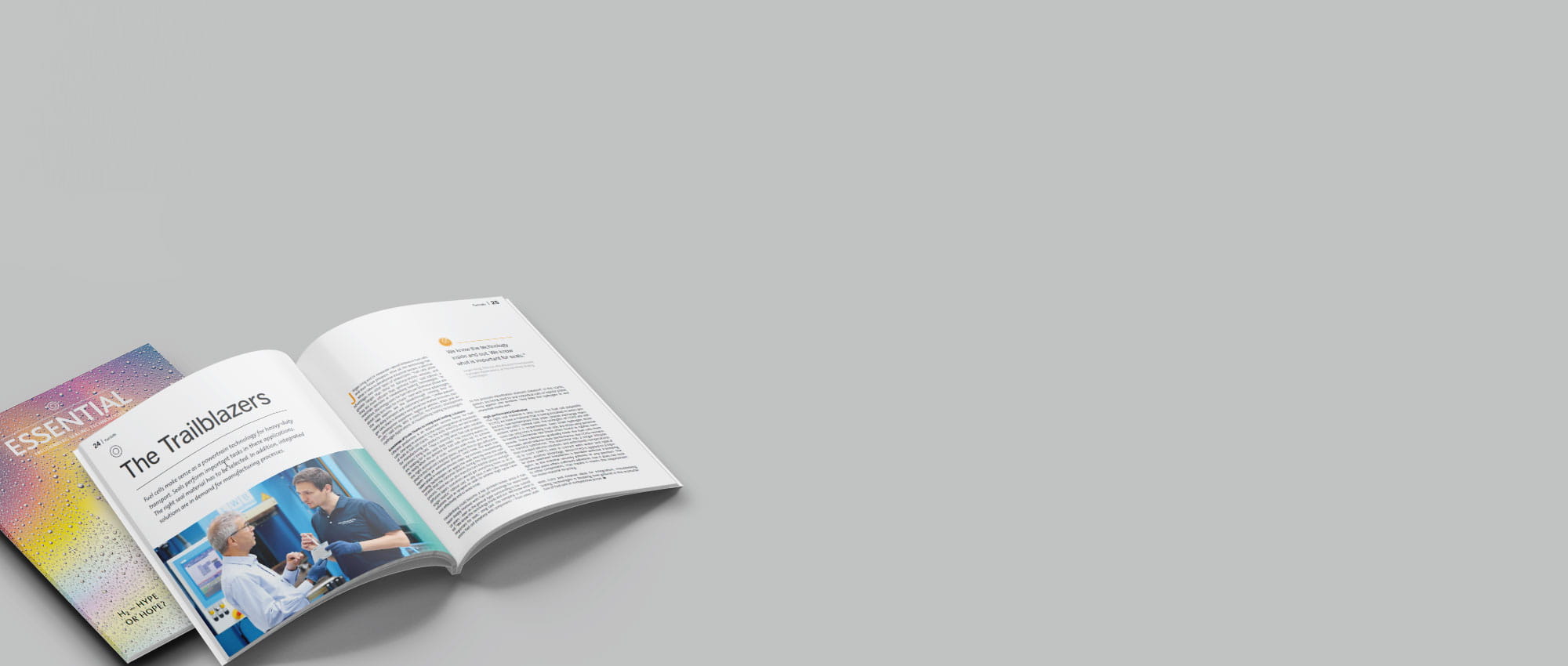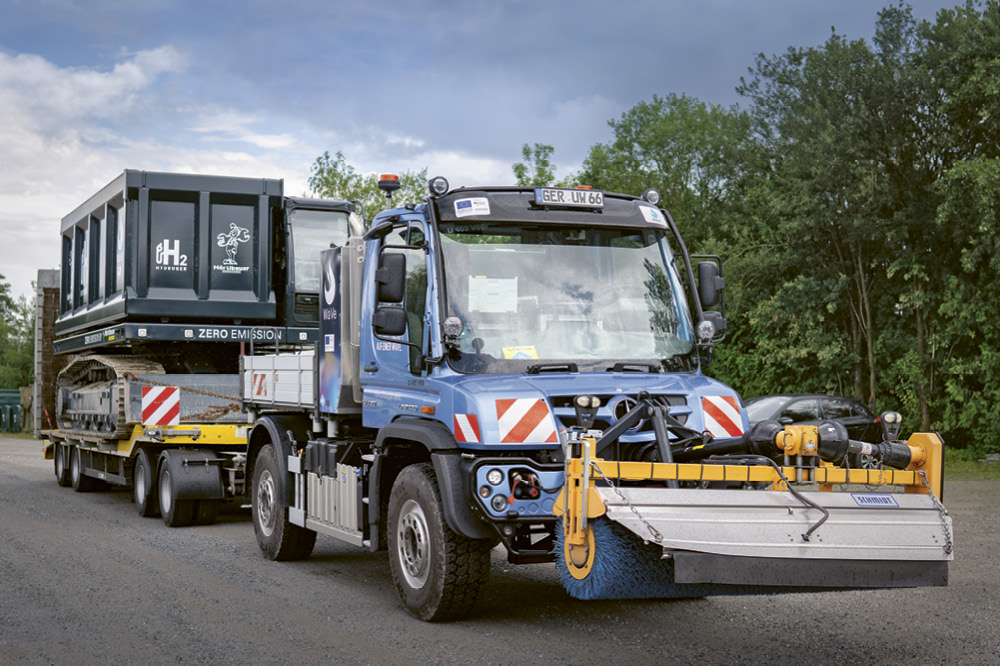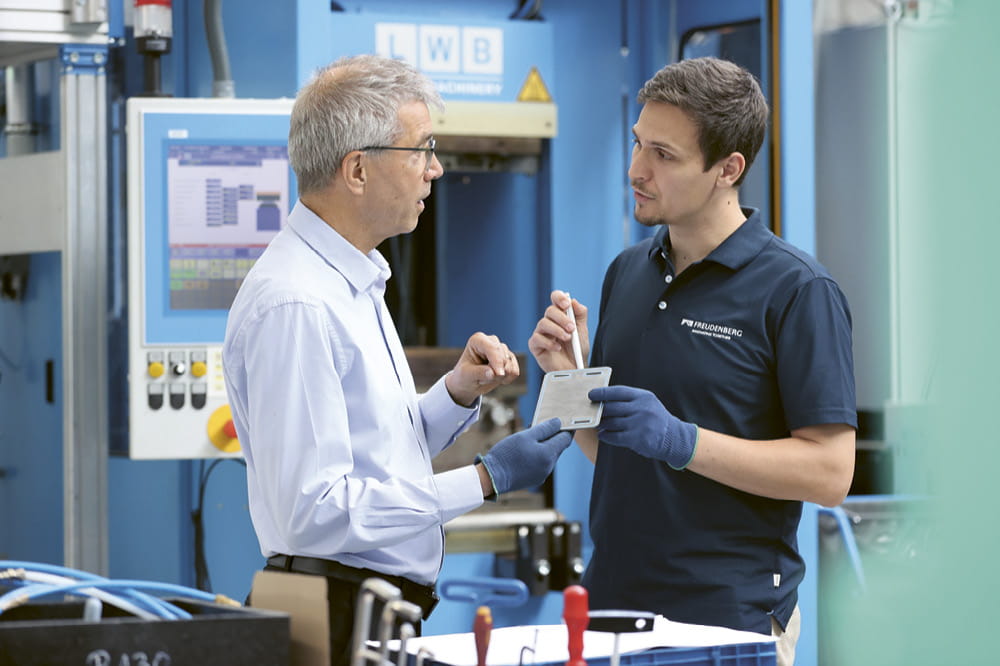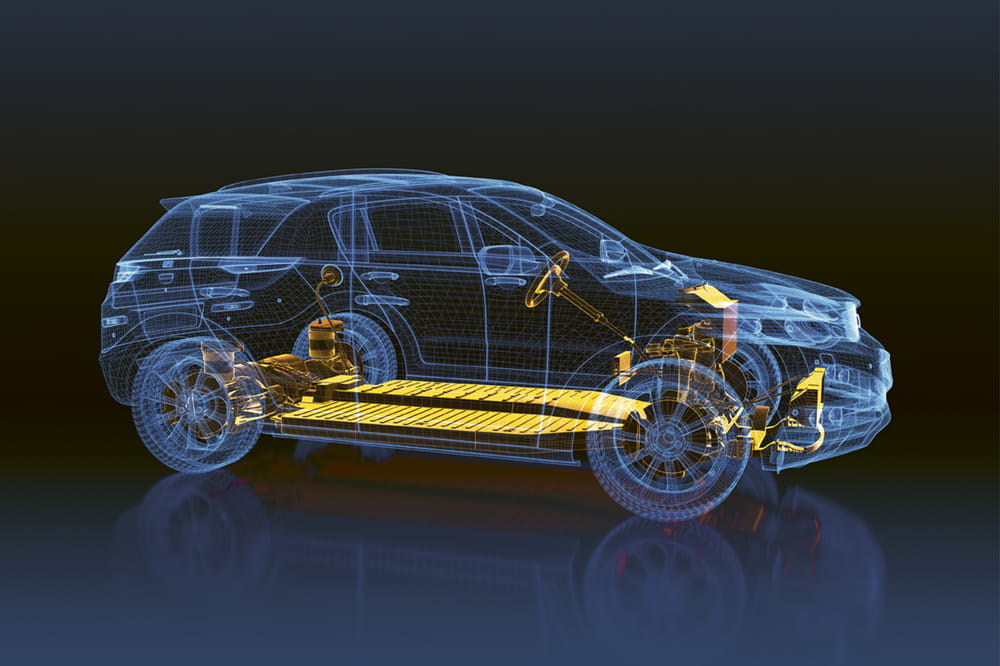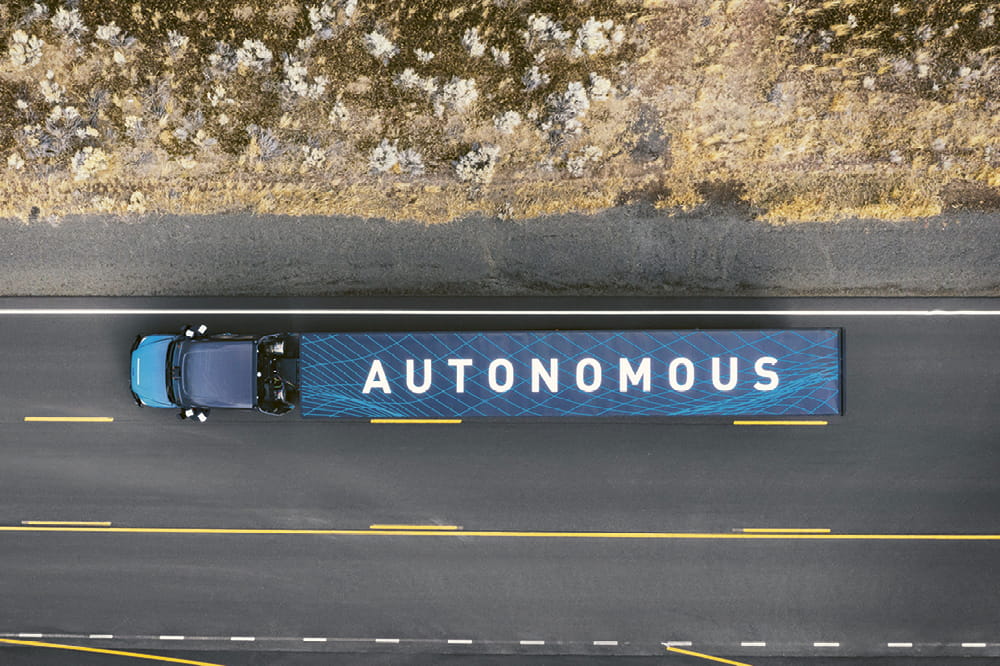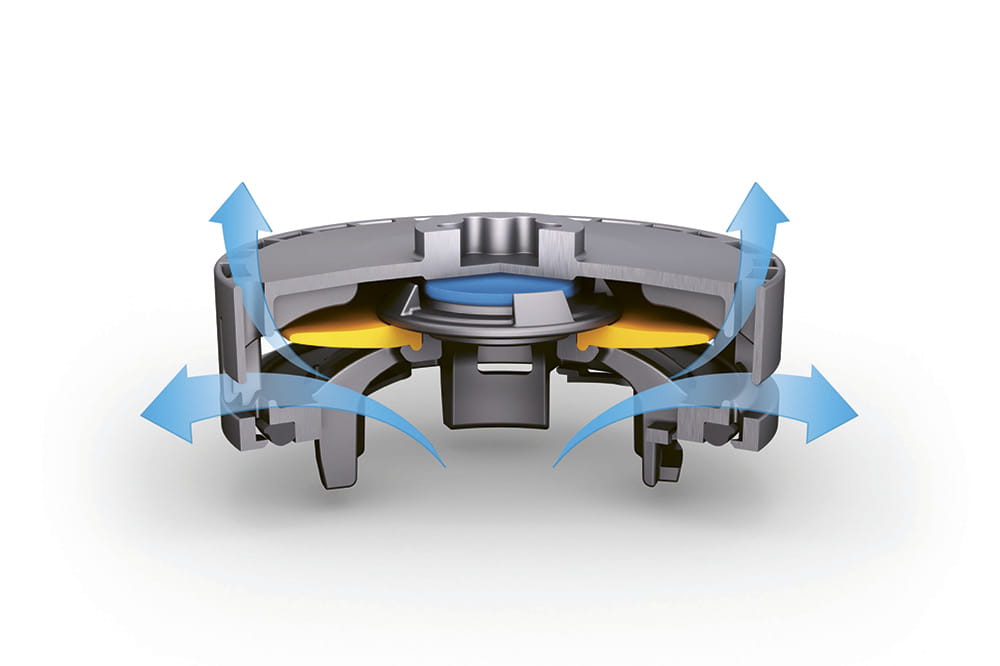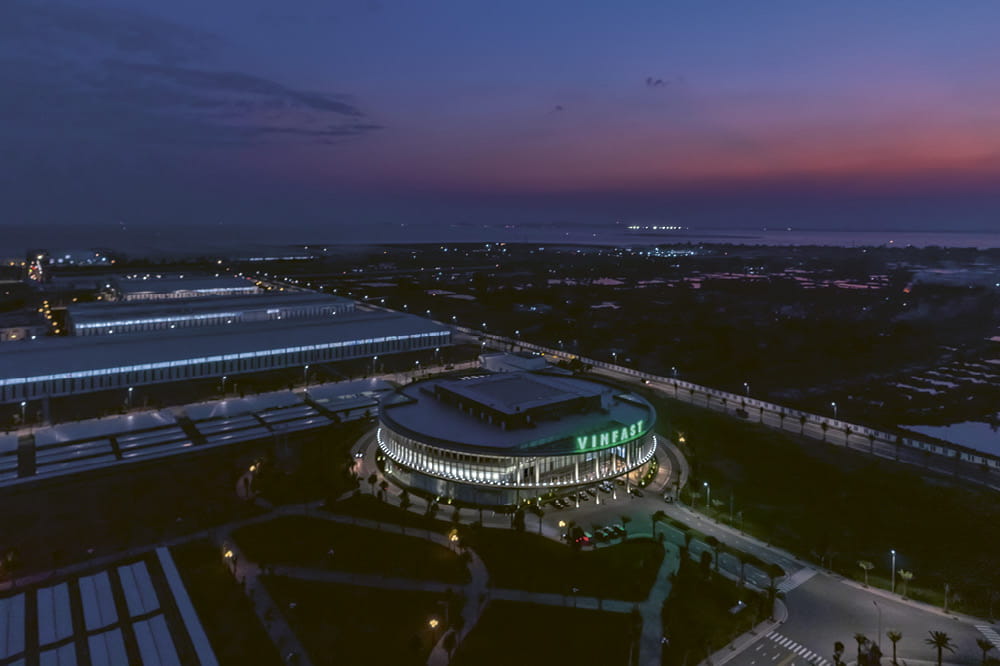Obtain news and background information about sealing technology, get in touch with innovative products – subscribe to the free e-mail newsletter.
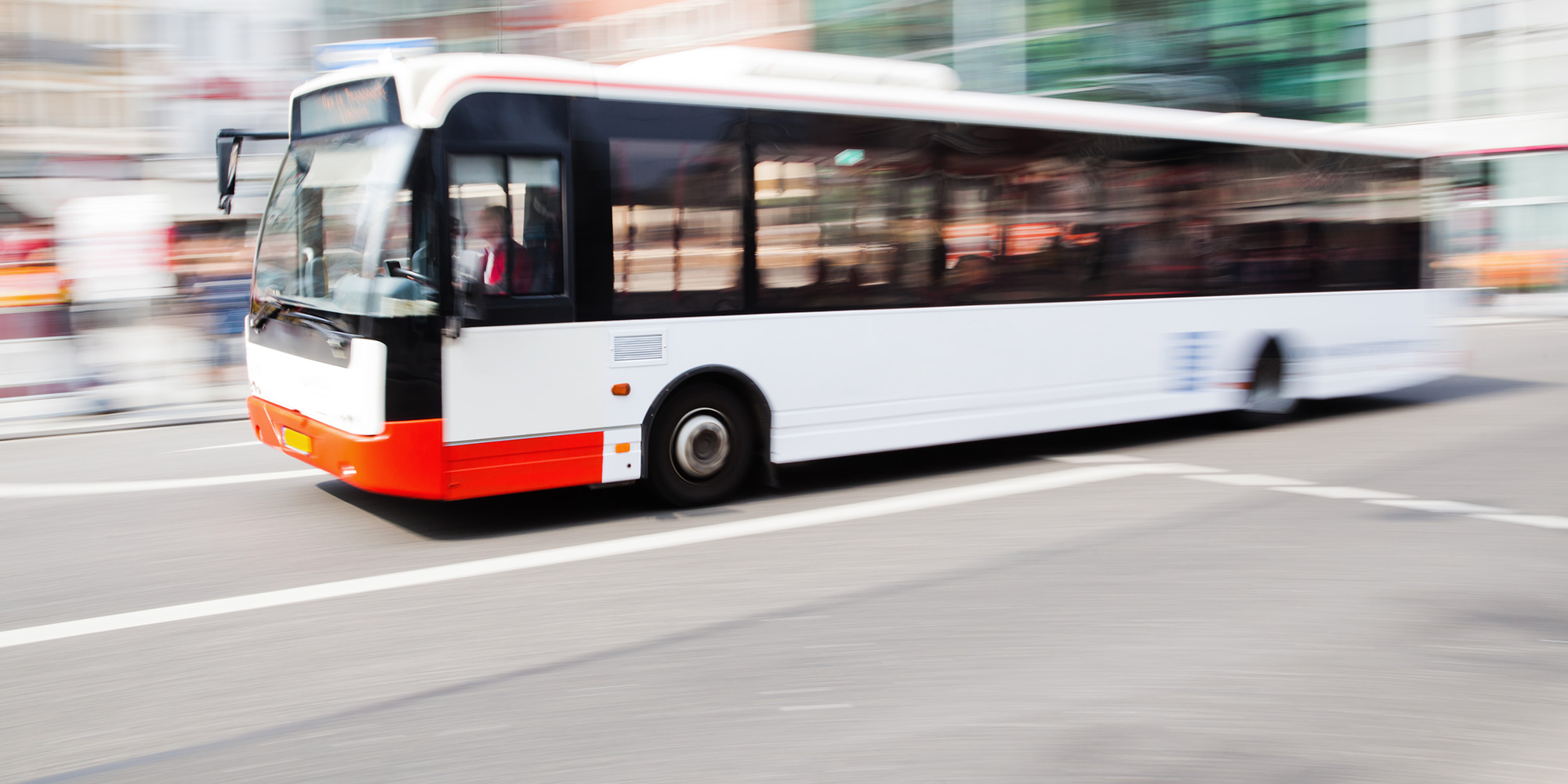
Ambitious Plan
Düsseldorf, Munich, Stuttgart. In many major German cities, nitrogen dioxide emissions exceed the limits set by the European Union. Now a sense of urgency has seized the municipalities. If they wish to avoid driving bans, they have to do something to improve their pollution balance sheet during 2018.
One approach: Refit their buses, which mostly have older diesel engines, with new exhaust control technology – or just switch to emission-free electric buses for their local service. At the last diesel summit in the Chancellor’s Office, the decision was made to significantly expand support for these efforts. In the future, the government wants to assume 80 percent of the additional costs for electric buses. Wiesbaden, the state capital of Hesse, wants to become Germany’s pioneer in emission-free, local public transportation.
The total annual number of passengers on Wiesbaden’s transit buses will have risen to 56 million by the end of 2017. The demand for bus travel is considerable for a city of barely 275,000 inhabitants. The fact that the public transit system is so highly utilized can be traced to its reliable operation and the systematically expanded services from operator ESWE, among other factors. But top company officials have already envisioned a new goal: They want to turn Hesse’s capital into Germany’s model city for emission-free public transit. A number of measures are designed to facilitate this, starting with the construction of a streetcar line that is due to link Wiesbaden with neighboring Mainz on a heavily traveled route. The streetcar system would offer a range of advantages. It produces no exhaust emissions and can carry three times as many people as the regular articulated bus now in use.
Replacement of the Entire Bus Fleet in Five Years
That leaves the operation of the diesel-powered buses on the remaining lines used for inner-city transportation. Here ESWE plans to replace its energy source over the next five years. It intends to turn completely to electric propulsion for the 221 vehicles that it needs to buy. They are expected to have a range of up to 300 km and thus cover 90 percent of the existing lines. Hybrid buses could account for the remaining 10 percent.
Read more about Wiesbaden’s ambitious plans to make local public transportation emission-free in the current edition of our customer magazine ESSENTIAL.
More Stories About E-Mobility
